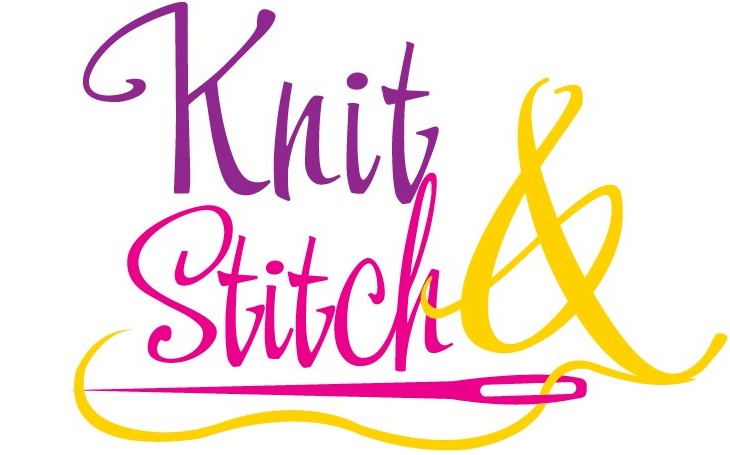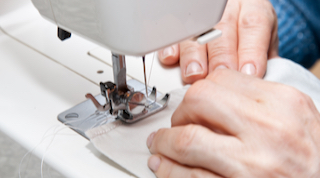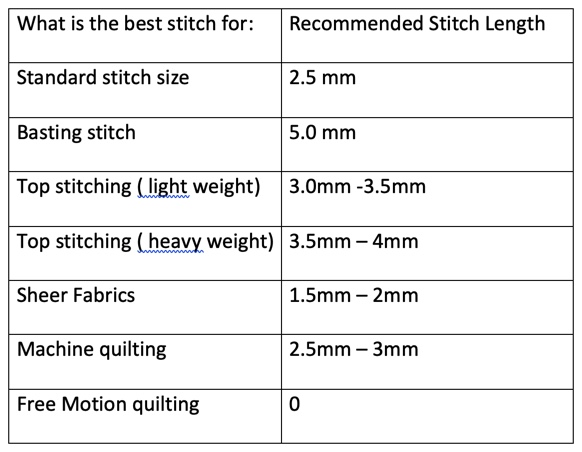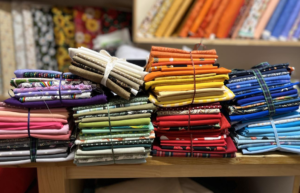When you start sewing you usually start with the stitch length that is the default for your sewing machine which is often around 2.5mm, which is fine to start with but if you want to work with a variety of fabrics and also improve the look of your sewing it is really useful to have an idea of what stitch length to use and why. In this guide we will teach you everything you need to know about stitch length so that you can start creating beautiful projects that look professional.
Stitch length is basically how long each stitch is when it is sewn by your machine and is generally measured in millimetres so for instance 2.5 means that the length of the stitch is 2.5 mm long. Most machines range from 0 to 5 mm in stitch length.
Changing the stitch length adjusts the feed dogs, ( feed dogs are the metal teeth like ridges in the throat plate of your sewing machine. They move as you sew gripping the fabric to help it pass through your sewing machine) this controls how much fabric is pulled through with each stitch.
For a shorter length, less fabric is pulled through. For a longer stitch, more fabric is pulled through the feed dogs.
If you are using free motion you would normally set the length at zero. When the stitch length is set to zero the feed dogs are dropped and you determine how long the stitch length is by moving the fabric under the needle yourself in a free motion style.
The length of your stitch should be changed for a variety of reasons
Firstly the thickness of your fabric, thicker & heavier fabrics generally need a longer stitch length and in particular, fabrics like leather as it is a thicker fabric and you are going to want fewer holes being punched into the fabric.
Lighter & sheer fabrics need a shorter stitch length to prevent pulling and gathering.
The thickness of your thread will also affect what stitch length you use. Thicker threads require a longer stitch length and finer threads a shorter one.
If you are top stitching some people think that a longer stitch looks better but there is no hard and fast rule about this so see which length looks best for your particular project and the fabric weight. If you are using top stitching thread which is usually thicker than standard thread then you are probably going to want to make your stitch length a bit longer ( see chart below )
If you are wanting a stronger seam then a shorter stitch length would be advisable as tiny small stitches are going to be stronger, but again consider the type of fabric being used.
Take a look at the chart below which gives a guide to the stitch lengths required for various reasons.
Hopefully this guide has given you a basic understanding of stitch length which will make your sewing more enjoyable and improve the quality of your sewing projects.





